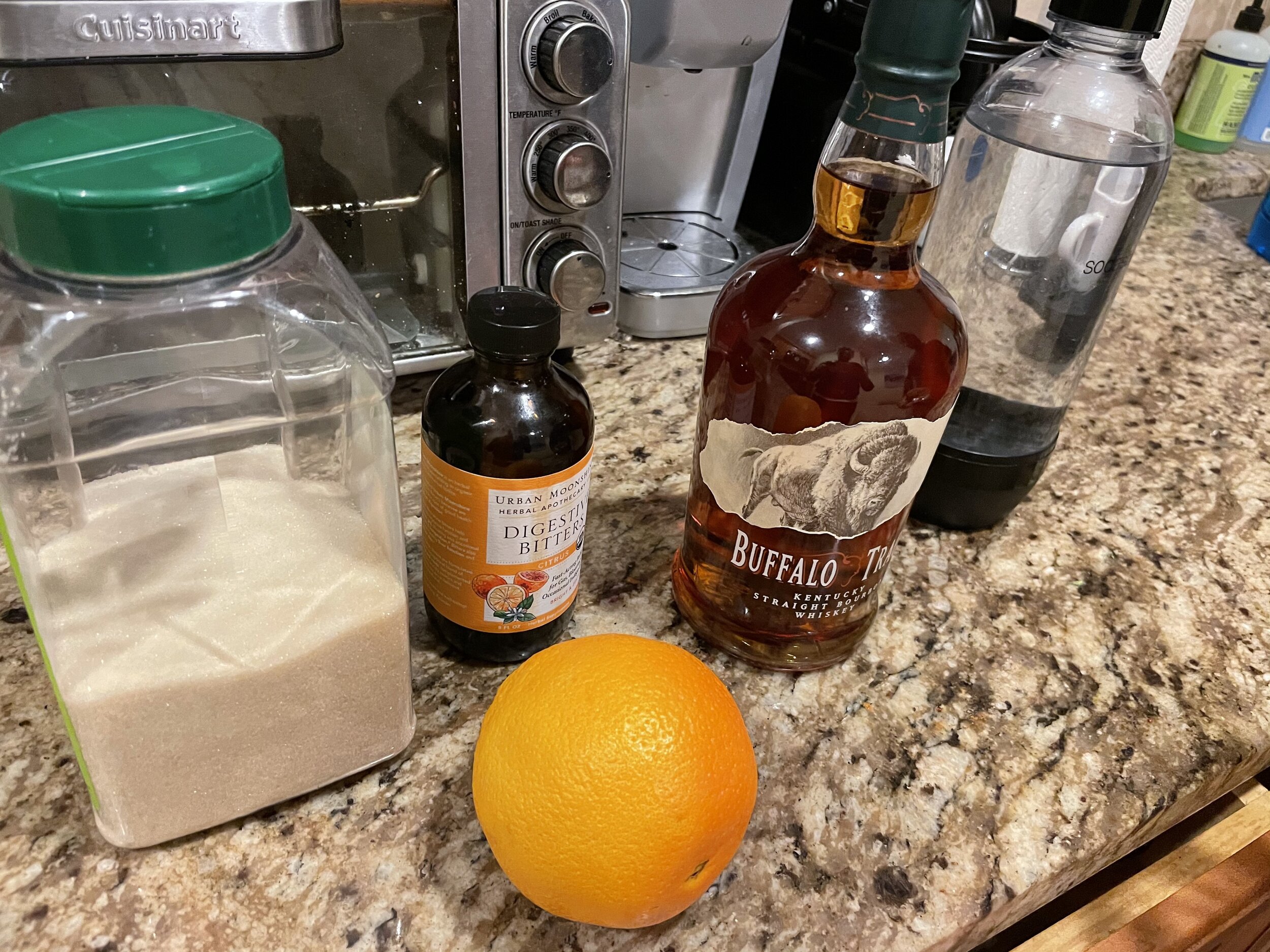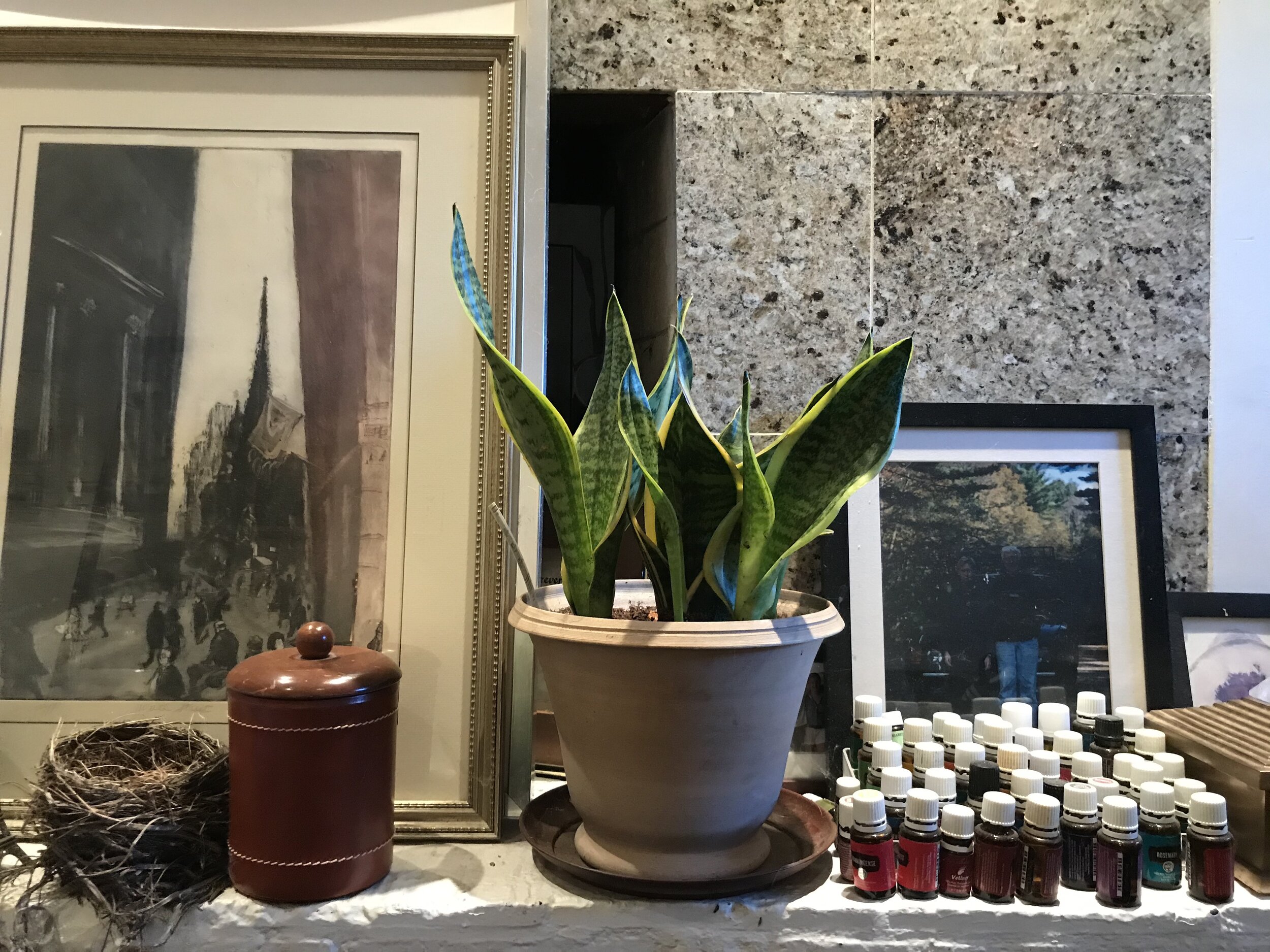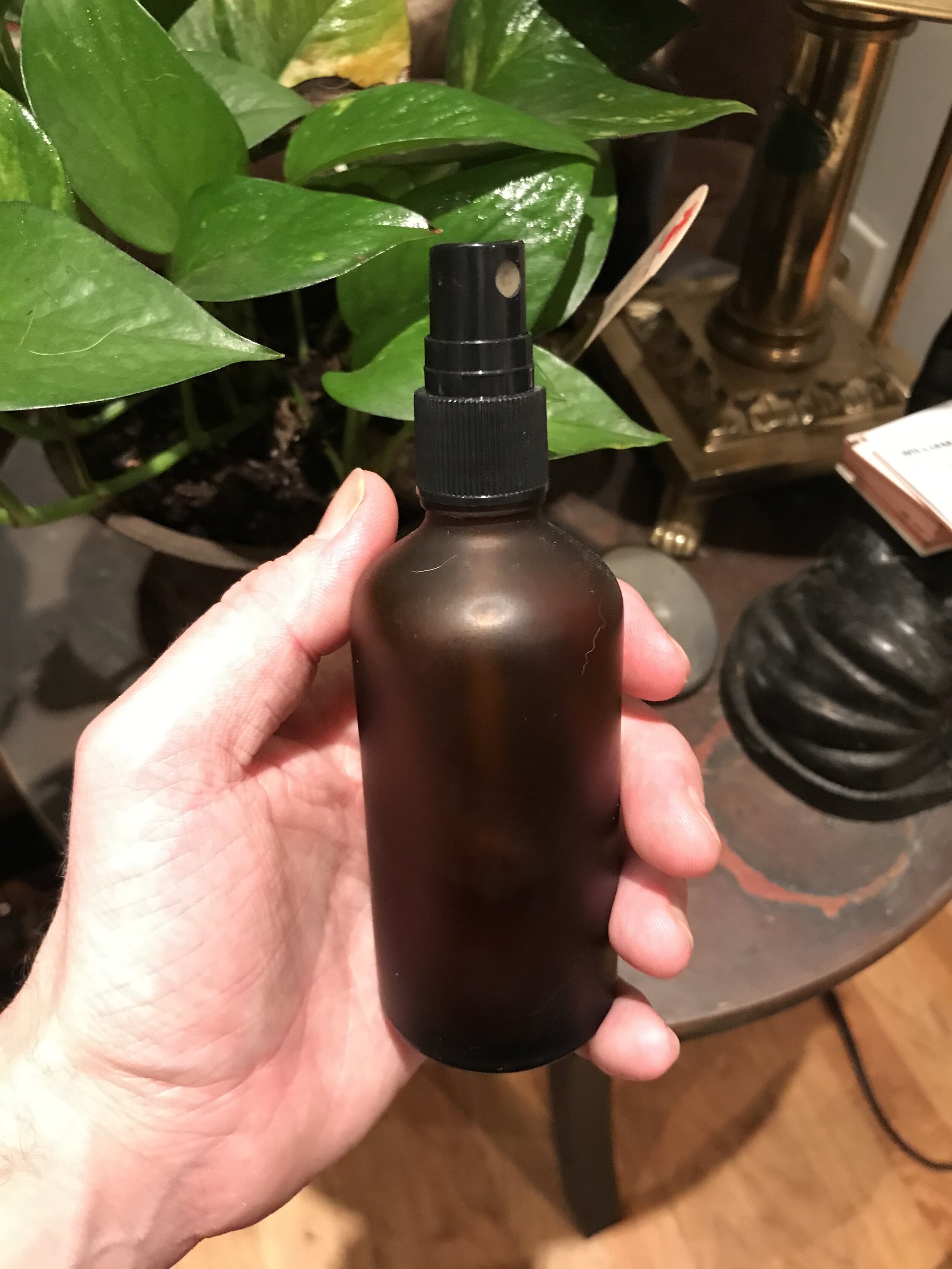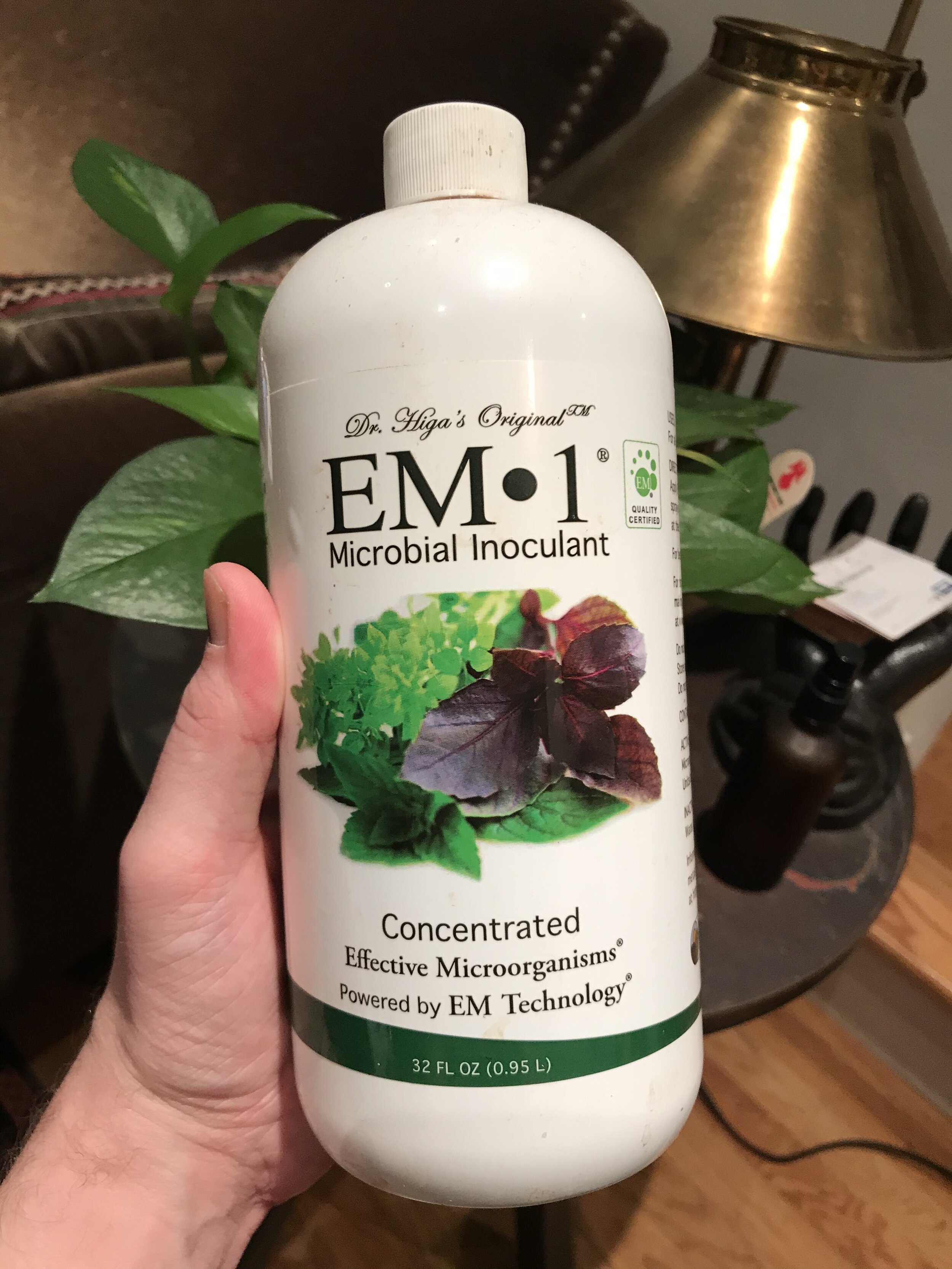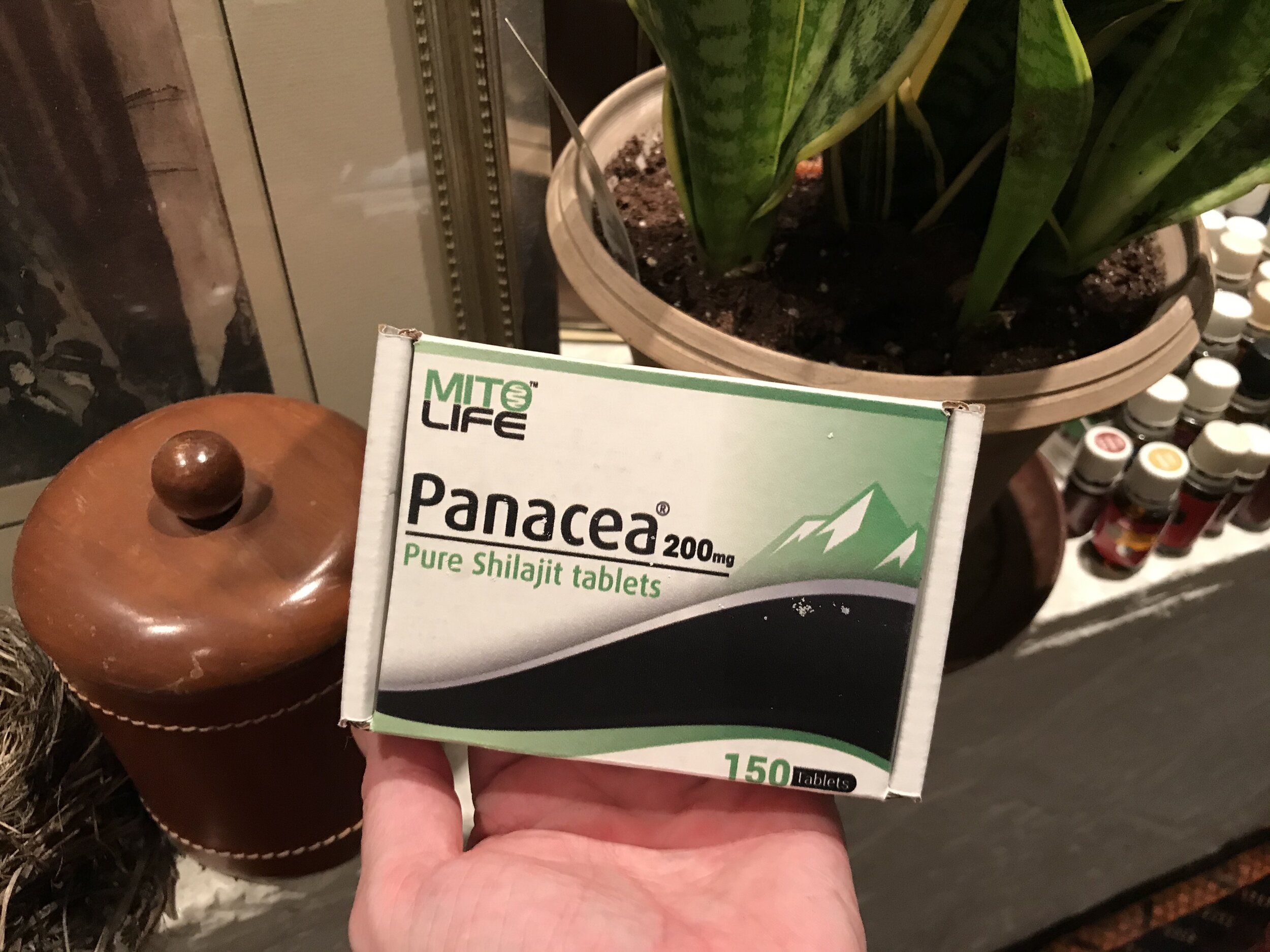The Worst Kind of Realtors
Agents who don’t co-broke are the worst.
Let me explain what “co-broking” is.
Let’s say, for the sake of example, that you’re looking to rent an apartment in Boston, Naturally, you reach out to me. I tell you that I’m happy to help. You have contracted me to be your tenant’s agent. You are the tenant, I am your agent. My role is to get listings in front of you, facilitate showings and guide you through the application process. I’m here to answer any questions and to make sure you get a good deal.
Then there’s the landlord’s agent. The landlord’s agent is hired by the owner of the property to help them rent it. The landlord’s agent helps the owner determine a price, market the property, facilitate showings and vet any potential tenants on the owner’s behalf. The landlord’s agent then presents any well qualified prospective tenants to the owner. At least, that’s how its supposed to be.
There is a one month broker fee (usually) around here that (usually) gets paid by the incoming tenant. This fee (usually) gets split between the tenant's agent and the landlord’s agent 50/50. When a tenant’s agent and a landlord’s agent come together to bring a new lease into this world and split the fee, that is called co-broking.
Now here’s where the problem arises. There are a million Realtors in this city. And they’re not all good. In fact, I’d argue that half aren’t so good. Please see my previous post “Why Do Realtors Get Such a Bad Wrap?” Well, the short answer is: low barrier to entry. People see the lives of Realtors glamorized on TV, take a week long course for a few hundred bucks and boom! They’re a Realtor. Now they’re on the fast track to leasing a C Class.
Back to the topic at hand, co-broking. 100% of tenant’s agents co-broke. If they didn’t they wouldn’t have any clients. Landlord’s agents, however, have the upper hand. They have what the tenant wants, an apartment. And if they cut out the tenant’s agent, they can double their money on the deal. So what some, especially new, landlord’s agents do is, is that they don’t co-broke. The tenant has to go directly to them.
So essentially, the landlord’s agent is hired by the landlord, representing the landlord, and collecting the fee from the tenant while only having the owner’s best interests in mind. But actually, this doesn’t work in the owner’s best interest. I have had clients in the past who find agents who won’t co broke scammy and avoid those listings.
Often times the listing brokerage also manages the property. When the listing broker shows how cheap they are right off the bat, it’s not a good sign of things to come. So the owner is missing out on a great client (you) while their property sits on the market because the listing agent is desperate for money. Meanwhile, they could’ve rented the property faster, made their landlord client happy and moved on to the next had they been willing to cooperate with other agents.
If you’re a landlord looking for an honest, fair and not desperate agent, I’m your guy. Give me a call at 617 528 8461



